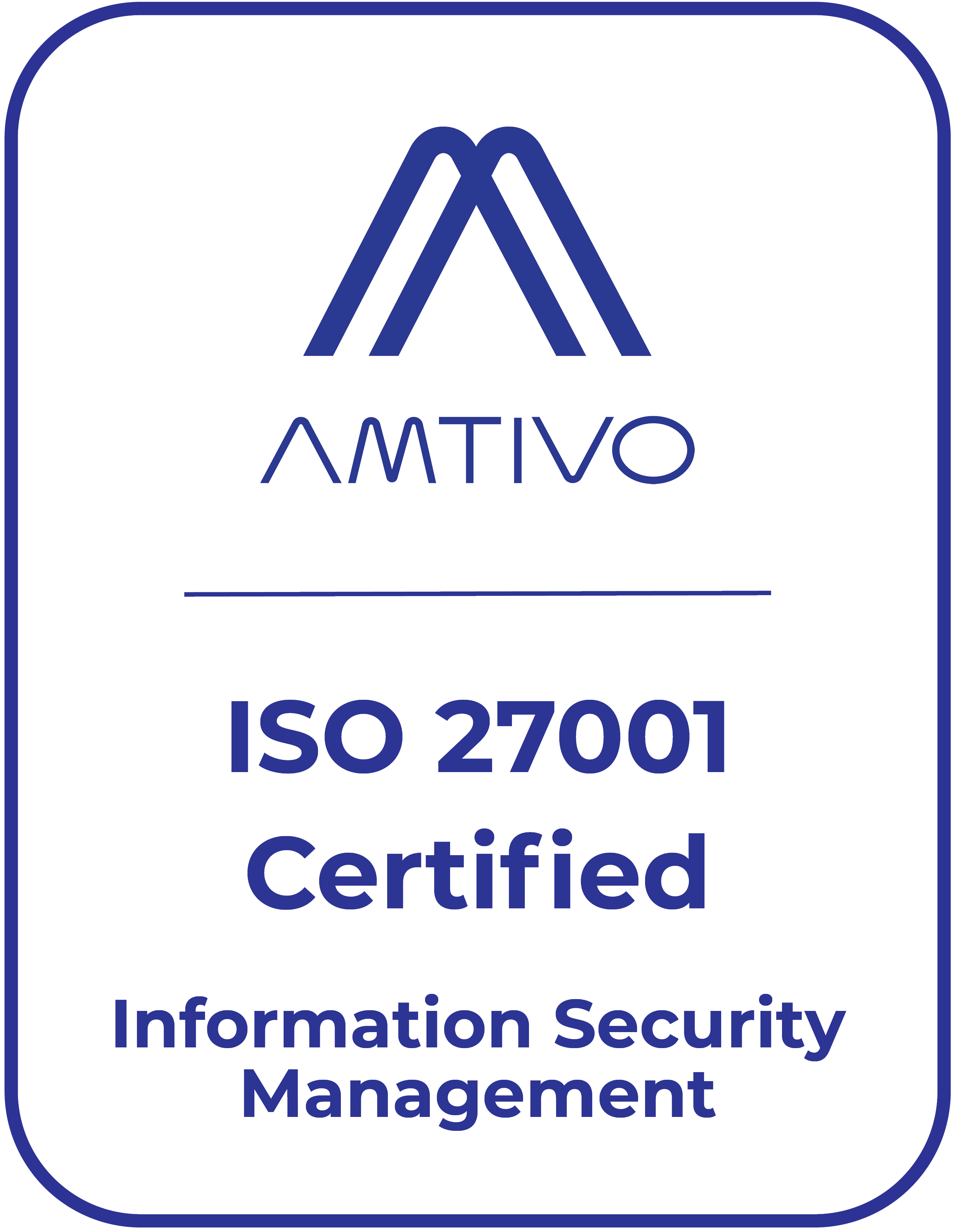What are the best implementation approaches for a new grant management system?
When an organisation decides to move to a new grant management system there are two approaches. For some businesses, a switch over at a single moment makes most sense, and for others, a more gradual approach will work better.
A ‘big bang’ implementation is typically used to describe a go-live or cutover scenario where an institution switches from their old grant management system to their new system at a single point in time.
In contrast, a ‘phased approach’ describes a scenario where elements or modules of the grant management system are introduced in a planned sequence, replacing the old systems gradually.
For most small organisations a big bang approach is feasible, while for larger and more complex organisations some degree of phasing is common.
At AIMS Software we have a wealth of experience identifying the implementation process needs of a new client. We work with your teams to ensure that there is no interruption to your grant giving, and to reduce any risks inherent in moving to a new system. And sometimes, because we want what is best for our clients, we recommend an implementation process that is a hybrid. For instance, a big bang approach can be used to implement ‘must have’ functionality within the core grant management system modules, followed up with a phased implementation of ‘day 2’ functionality and other funding programmes. This pragmatic and risk-aware attitude allows us to offer you the best practice and benefits from both approaches.

Big Bang
At a big bang implementation go-live, the new system will immediately take over all tasks involved in grant making. To ensure success it is important that management have identified any organisational changes necessary to make the system viable. Similarly, employees must receive adequate training on the new system before it goes live. Pre-launch, data stewards should convert and import information from the old system to the new system, and the technical staff must conduct trial runs to verify the validity of the software.
Phased approach
A phased rollout implements the new system in a series of steps. An organisation may deploy individual modules one at a time, starting with core processes, or it may introduce the new system to a particular programme or site before deploying the software to its other departments or locations.
What are the challenges of the implementation process?
The general consensus is that big bang implementations are riskier than phased implementations.
There are a several reasons for this:
- The integrated nature of grant management systems means that a failure in one part of the system can have knock-on effects elsewhere and interrupt critical processes.
- The scope of a big bang implementation can also mean that full end-to-end system testing is difficult to achieve, and it’s only when the system goes live that all the interdependencies are fully tested.
- It can be difficult to ensure there is no interruption in the monitoring and payment of existing grants without a period of dual running.
- Factors such as regulatory compliance or new programme requirements can affect the required timescale for implementation.
- It’s more difficult to revert to the old system if everything goes wrong. There’s often a point of no return after which the option of going back becomes unfeasible.
- There’s a higher risk of reputational damage to the organisation, simply because there are more things that can go wrong.
Phased implementations typically take longer to fully complete; this generally means more time from both the supplier and the project team and therefore increased costs. Temporary workarounds between the new system and legacy systems can also increase the cost of a phased approach.
However, phased implementations tend to involve discrete business units or functions, so there’s a better chance that any serious issues at go-live can be contained. For the same reason it can be easier to revert to old systems if necessary.
We work with clients to balance potential additional time and cost against some of the main arguments used against the big bang approach, such as the ability of the business to cope with a significant level of change happening all at once as well as the increased risk of failure.
Both approaches have their advantages and disadvantages. We are deeply aware that any project of this nature takes a toll on the project team and on the wider organisation, and the choice of implementation strategy can make a difference.
A concentrated effort is required from the project team for the duration of a big bang project, while the rest of the organisation will really only become involved to any significant extent shortly before the go-live. In contrast a phased approach generally means a little less pressure on the project team as there’s less activity happening in parallel. That may mean there’s more time to devote to other activities, whether that’s other business projects or the day job.
System support during the cutover and early live period (sometimes known as the stabilisation period) of any system is always an important factor. A big bang approach exerts additional pressure on the business and the project team during the cutover – simply because there’s so much activity going on all at once. We know that it is vital to consider how much the project team can handle when contemplating a big bang approach over multiple countries, regions or business units.
A successful grant management system implementation will lead to reduced operating costs, and improved organisational efficiency.
We’re here to help guide you through the implementation of a new grant management system. Get in touch – we would be delighted to answer your questions.
Back to all insights
